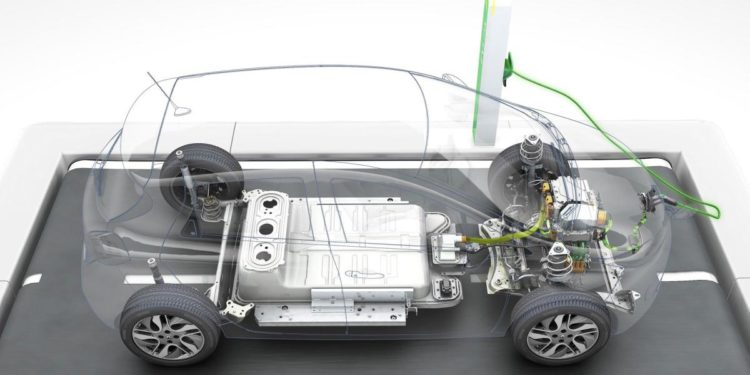A group of researchers discovered a material that promises to multiply by three the capacity of lithium batteries, present in mobile phones. That is, thanks to this finding we can forget about our chargers for a while, but above all it can be an idea that totally revolutionizes the market if it is applied in the batteries of future electric cars.
The lithium batteries that are being used for the operation of electronic devices have great limitations. Many of them have to do with graphite, one of its main components.
Difficulties
In lithium-ion batteries, graphite acts as a positive pole, which reacts with the negative pole thanks to a lithium salt solution, causing the battery to charge or discharge.
The problem begins with the lack of porosity of the graphite, which sets a limit. “If you try to pass lithium too fast (charge), the lithium does not penetrate the graphite, it stays outside and that is dangerous. As the battery saturates, the electrolytes are free and can cause a short circuit and the battery catching fire,” says Nitash Balsara, a materials scientist at the University of Berkeley, in an article published in the journal Nature.

Image: as.com
However, the new material discovered by researchers from the Russian National University of Science and Technology (NUST MISIS) in collaboration with a group of international researchers, comes to replace graphite. It will triple the capacity of lithium batteries and multiply their charge cycles by five.
The synthesis of this new material has been carried out by means of a pyrolysis method. An aqueous solution, with special metal ions, is converted into vapor with the help of ultrasound, the researchers explain.
Related content: The lithium demand increased for electric car batteries
Subsequently, the water evaporates at 1,200 ° C decomposing the saline metals. At the end of the process, microspheres are obtained with the necessary porosity for the lithium ions to circulate without problem. Thus, the battery is much more reliable and efficient.
Despite the finding, Russian scientists say they continue to work to achieve still efficient electrode compositions.
A more durable alternative
On the other hand, there are already several competitors working on other similar materials that will replace graphite as the positive pole (or anode) of lithium batteries. Last January, the Israeli company StoreDot announced batteries that replace graphite with semiconductor nanoparticles capable of fully charging a car in just five minutes.
StoreDot batteries have long powered many of the most common electronic devices, so brands like Samsung have taken an interest in the project and participated in the funding. In general, the new batteries are not a promise; they are already ready for mass production.
Other interesting options
Car giant Toyota recently announced that one of their new creations will carry solid-state batteries. What differentiates them from lithium batteries is that they use solid electrons and electrolytes instead of liquids.
The new Toyota batteries will have more power and less weight, according to their creators. In addition, they can be fully charged in 10 minutes for a range of 500 kilometers. For now, the Japanese manufacturer has not officially presented them, but most likely they will do so in the course of the year together with the new car.
Written by I Jhonattan González












